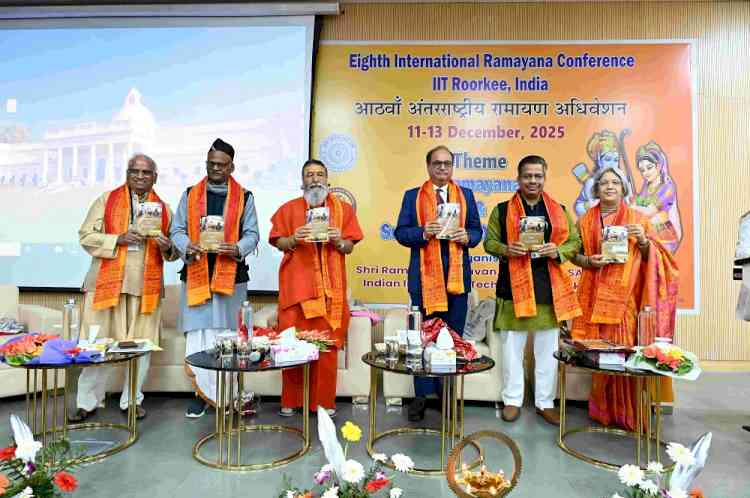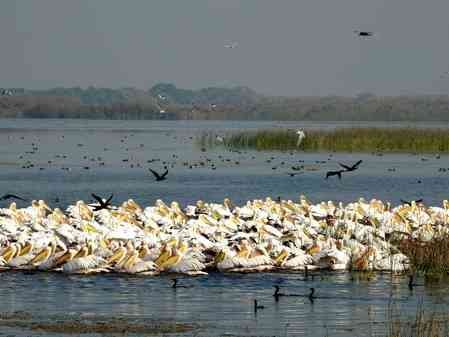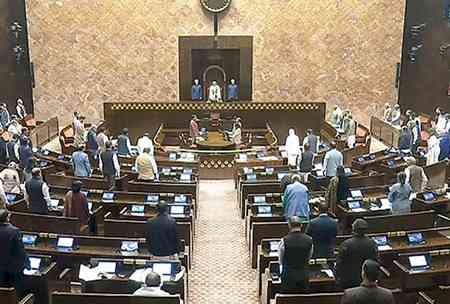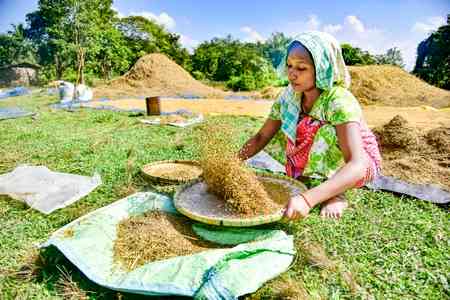Water Politics or Targeted Hate?
Yet Another Attempt to Frame Punjab — A Quest for the Real Truth
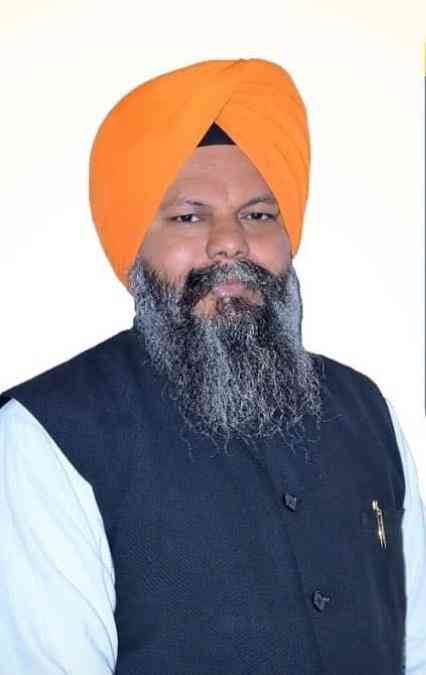
By Manwinder Singh Giaspura
Water — the source of life — has today been turned into a political weapon in India. Whether it is about river sharing or disputes between states, the truth is clear: water is no longer a mere technical or administrative challenge. It has become part of a larger strategy — one that targets a religion, a community, and a state. Just as in the 1980s, when Sikhs were falsely branded as “terrorists” and a narrative of destruction was built, the same shadows are once again growing darker on our land.
False Accusations on the Land of Bhai Ghannaiya: The Echo of Real Numbers
Haryana’s Chief Minister Naib Saini recently claimed, “Punjab has stopped water, our people are dying of thirst.” This emotional statement spread like wildfire across Godi media channels and social platforms. But the real truth lies in these hard facts:
• BBMB’s allocated water to Haryana for 2025: 2.987 MAF
• Water already used by Haryana: 3.110 MAF (That’s 104% — more than its share)
• Haryana’s actual drinking water requirement: 1700 cusecs
• Water provided by Punjab: 4000 cusecs
• Haryana’s demand: 8500 cusecs (almost 5 times its real need)
This is not just a disproportionate demand — it is a deliberate attempt to construct a false narrative and politically scapegoat Punjab. When Punjab is already giving more than its fair share, how can it be accused of withholding water?
Historic Service and Sacred Patience: The Soul of Punjab’s Soil
Sikhism is rooted in selfless service, love, and justice. Bhai Ghannaiya, who offered water even on battlefields — irrespective of religion or side — lives on in the spirit of Punjab.
To brand such a land as one that denies drinking water is not just unjust — it is an attack on the roots of harmony.
BBMB Pressures, Transfers, and the Breach of Neutrality
In the BBMB meeting on April 23, Punjab offered 4000 cusecs of water on technical grounds — even though its dams were already under pressure:
• Pong Dam was 32 feet below normal
• Ranjit Sagar Dam was 17 feet low
• Cotton crop irrigation plans were already in place
Punjab’s engineers rightly refused further release due to dam safety. That very night, BBMB Director Akashdeep Singh (a Punjabi officer) was transferred, and Sanjeev Kumar from Haryana was appointed.
Was this fair governance or coercion — to force Punjab to release 8500 cusecs?
In a bold move, Chief Minister Bhagwant Mann walked into BBMB’s office, took control, and made it clear:
“Punjab will not bow anymore.”
He:
• Called a special session in the Vidhan Sabha
• Questioned BBMB’s working and announced the rejection of the Dam Safety Act
This wasn’t just administrative pushback — it was a symbol of Punjabi dignity and self-respect.
Yamuna-Sutlej Link: A Root of Conflict or a Tale of Ignored Justice?
Before the partition of Punjab, the state was entitled to 4 MAF from the Yamuna.
After Punjab was divided in 1966, and Haryana was carved out, Punjab has not received a single drop from the Yamuna. Yet, waters of the Sutlej, Beas, and Ravi are still being allocated to Haryana.
Bhagwant Mann has rightfully demanded:
“If a division happened, then give us Yamuna water too — it is our right.”
In Conclusion: The Truth, Like Water, Finds Its Own Way
If any state has ever stood for equitable sharing and self-sacrifice, it is Punjab.
But now Punjab stands up — not to take, but to protect what is already rightfully its own.
The questions are:
• How long will our patience be mistaken for weakness?
• How long will hateful politics infect minds through media?
• How long will the land of Bhai Ghannaiya be falsely accused?
The answer is clear — Punjab will no longer stay silent.
This is not just about water — this is a battle for the truth.
If writing the truth is a crime, then let this pen write revolution in every word.


 City Air News
City Air News 






